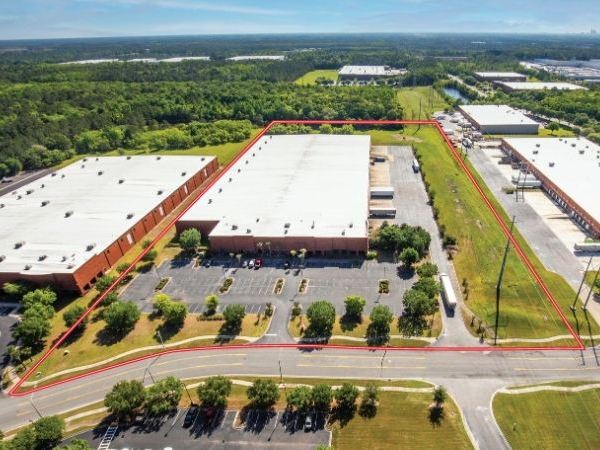The Toy Story That Ended in Chapter 11
In the world of retailer Chapter 11 bankruptcy filings, Toys "R" Us' massive failure is a bit of an anomaly, observes Avison Young Principal Jay Maddox.
By Jay Maddox, Principal, Avison Young
 The Toys “R” Us decision to throw in the towel and liquidate its business grabbed headlines, but it wasn’t entirely unexpected. However, in the world of retailer Chapter 11 bankruptcy filings, this massive failure is a bit of an anomaly.
The Toys “R” Us decision to throw in the towel and liquidate its business grabbed headlines, but it wasn’t entirely unexpected. However, in the world of retailer Chapter 11 bankruptcy filings, this massive failure is a bit of an anomaly.
The Toys “R” Us failure was triggered not only by competition from online retailers such as Amazon, but also bricks-and-mortar retailers such as Walmart and Target. However, its failure to keep up with the competition was not entirely due to management’s missteps. Perhaps the biggest contributor was the company’s enormous debt burden when it was acquired via a leveraged buyout by a group of private equity funds. The stifling debt load greatly constrained the business at the same time its competitors were aggressively ramping up.
The Bankruptcy Process
Chapter 11 bankruptcy can be an effective way to deal with overwhelming debts or liquidity issues. The bankrupt company typically continues business operations and during the early months, it has the exclusive right to submit a reorganization plan.
This plan must be confirmed through a court proceeding and typically identifies underperforming stores to be closed, while others would be retained and perhaps improved to be more relevant and competitive. In addition, the creditors will agree to modifications and, in some cases, reductions in the company’s debt obligations in order to facilitate the plan. The plan is often accompanied by a new third-party capital infusion.
Major retailers like Toys “R” Us have hundreds and, in some cases, thousands of leases, and when the Chapter 11 petition is filed they have only months to determine which of those to keep. For that reason, much advance planning goes on well before the actual bankruptcy filing. Failure to do so puts the company in a defensive, reactive posture, and major opportunities to extract value from below-market leases can be lost. In a number of large retailer bankruptcies, the retailer actually worked out a detailed plan that had the support of creditors and other stakeholders prior to filing bankruptcy—a so-called “prepackaged” reorganization plan. This can often be a smooth process that enables the company to emerge from Chapter 11 in just a few months.
So, why do creditors agree to compromises that in some cases are huge? The alternative is often a liquidation, which can be catastrophic. In fact, under the bankruptcy code, the company must demonstrate to the creditors and the court that its plan will bring greater value than a liquidation.
Where Things Went Wrong for Toys “R” Us
Toys “R” Us filed for Chapter 11 protection last September, hoping to restructure its business and emerge as a reinvented specialty retail powerhouse. With hundreds of creditors, landlords and suppliers, a formal filing became necessary. However, the company was unable to rally support for its proposed re-organization plan, and ultimately the creditors determined they would recover more by simply liquidating the business.
The speed with which creditor negotiations deteriorated during the Toys “R” Us bankruptcy was unusual. Normally a contested proceeding will drag on for months, and in some cases, years. It is also surprising given the deep pockets of the retailer’s private equity investors. Clearly they decided to cut their losses rather than fight.
This unfortunate result was most likely the consequence of not being proactive enough with creditors and other stakeholders prior to the filing; not presenting a credible, realistic reorganization plan; and debt restructuring proposals that were clearly unrealistic. Management may have fallen into a common trap—praying, and even believing, that things will magically turn around, and finding that it’s too late to save the company when the company finally files for bankruptcy protection.







You must be logged in to post a comment.